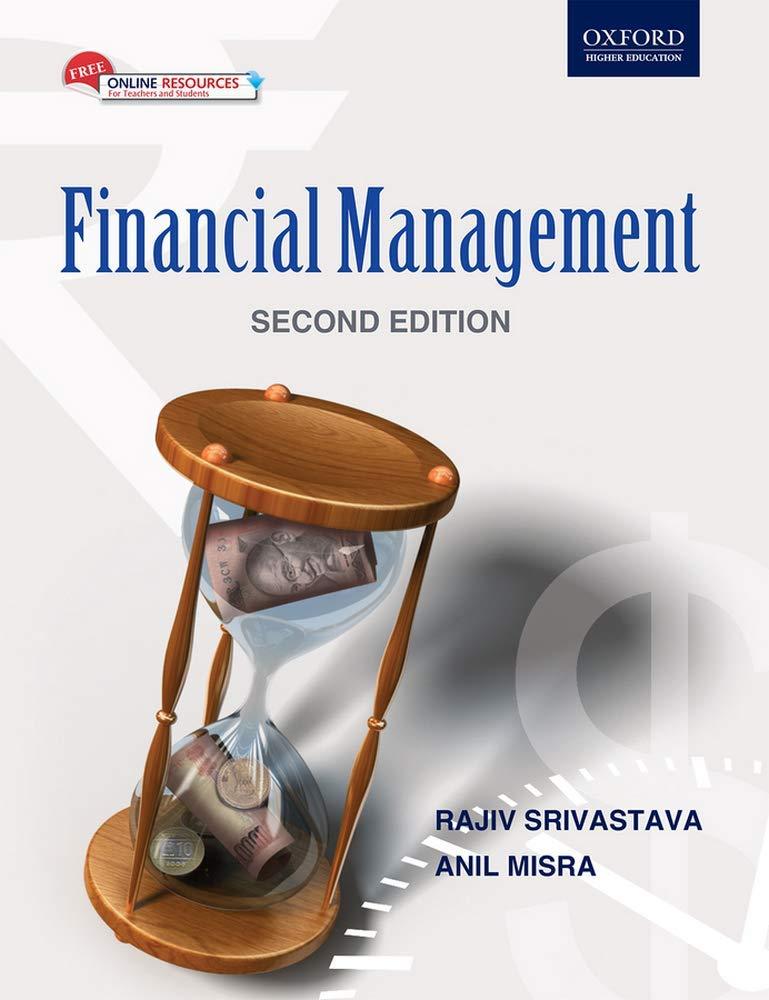Thomas University (TU) is considering a new online degree program. Phase 1 involves the development of course materials and costs $40,000 and takes one year. At the end of Phase 1 Dean Tom has the option to proceed with Phase 2 which involves a $200,000 investment in software and marketing. This phase will yield 10 years of net benefits of $50,000 per year if TU meets enrollment projections and $10,000 per year if TU does not meet enrollment projections. At start of Phase 2 there is a 50 percent probability that no other schools have entered the market in which case there is an 80 percent chance of meeting enrollment projections and a 20 percent chance of not meeting enrollment projection. At the start of Phase 2 there is a 25 percent probability that one other school has entered the market in which case there is a 60 percent chance of meeting enrollment projections and a 40 percent chance of not meeting enrollment projections. At the start of Phase 2 there is a 25 percent chance that two or more schools have entered the market in which case there is only a 30 percent chance of meeting enrollment projections and a 70 percent chance of not meeting enrolment projections. The cost of capital for TU is 8 percent real rate. All values are in 2020 dollars and returns are at the end of the year. a) If Dean Tom has the option to cancel the program at the start of Phase 2 if it does not look like the program will be profitable, should he make the initial investment in the online program? b) If Dean Tom has does not have the option to cancel the program at the start of Phase 2, should he make the initial investment in the program? Thomas University (TU) is considering a new online degree program. Phase 1 involves the development of course materials and costs $40,000 and takes one year. At the end of Phase 1 Dean Tom has the option to proceed with Phase 2 which involves a $200,000 investment in software and marketing. This phase will yield 10 years of net benefits of $50,000 per year if TU meets enrollment projections and $10,000 per year if TU does not meet enrollment projections. At start of Phase 2 there is a 50 percent probability that no other schools have entered the market in which case there is an 80 percent chance of meeting enrollment projections and a 20 percent chance of not meeting enrollment projection. At the start of Phase 2 there is a 25 percent probability that one other school has entered the market in which case there is a 60 percent chance of meeting enrollment projections and a 40 percent chance of not meeting enrollment projections. At the start of Phase 2 there is a 25 percent chance that two or more schools have entered the market in which case there is only a 30 percent chance of meeting enrollment projections and a 70 percent chance of not meeting enrolment projections. The cost of capital for TU is 8 percent real rate. All values are in 2020 dollars and returns are at the end of the year. a) If Dean Tom has the option to cancel the program at the start of Phase 2 if it does not look like the program will be profitable, should he make the initial investment in the online program? b) If Dean Tom has does not have the option to cancel the program at the start of Phase 2, should he make the initial investment in the program








